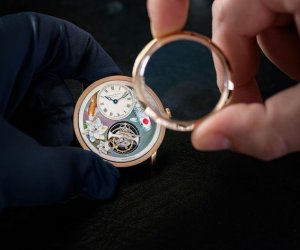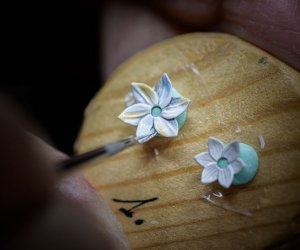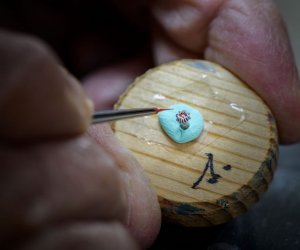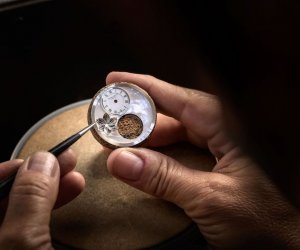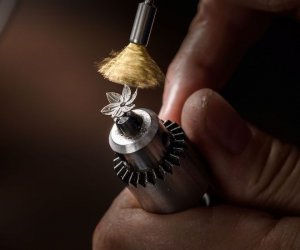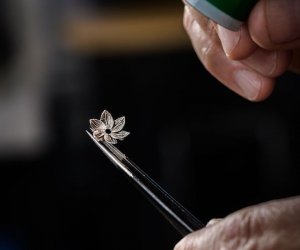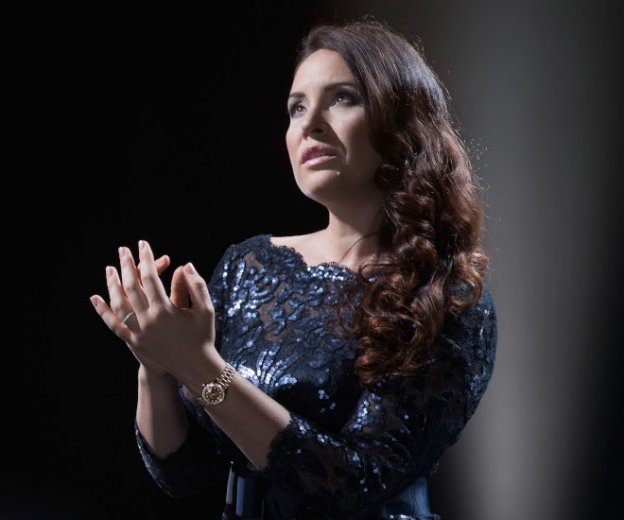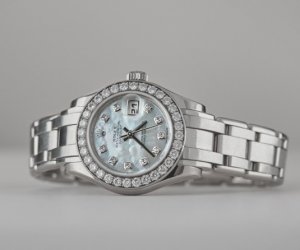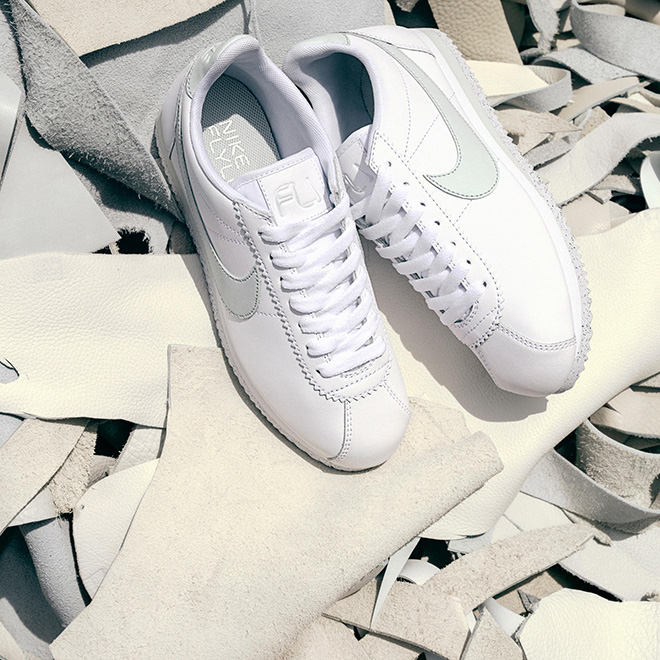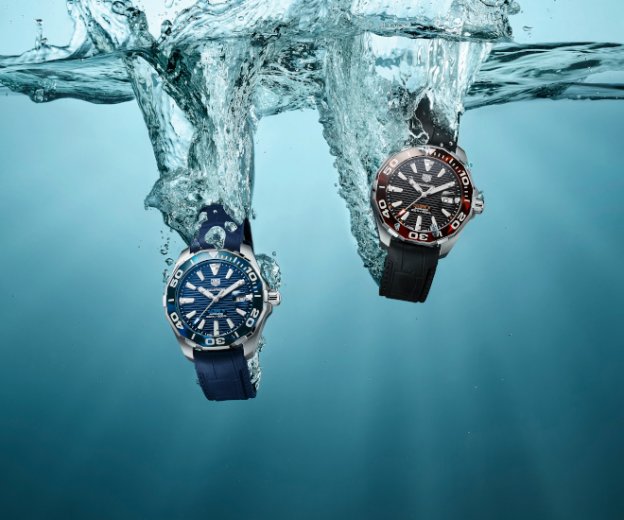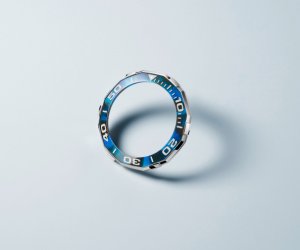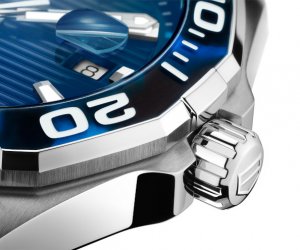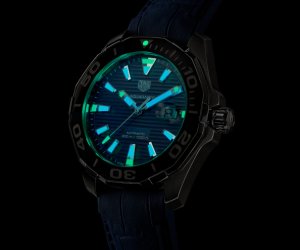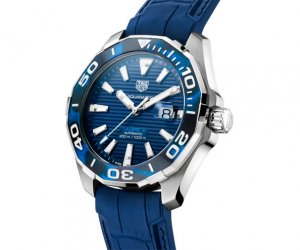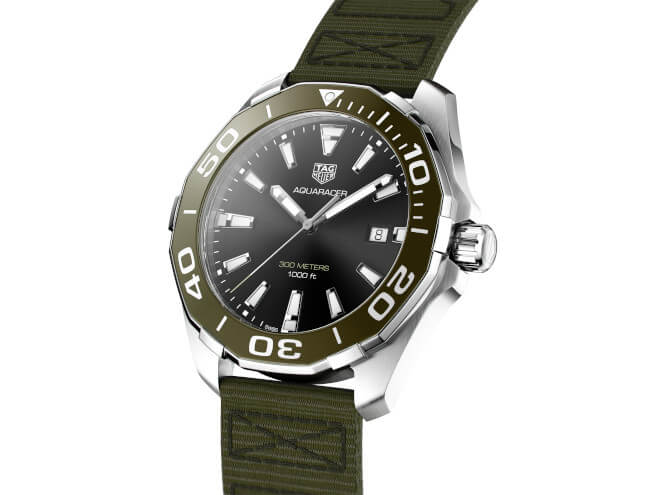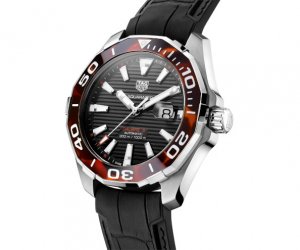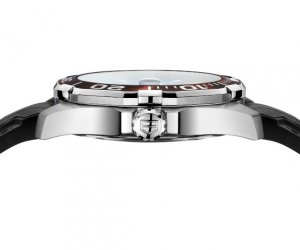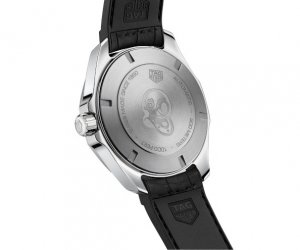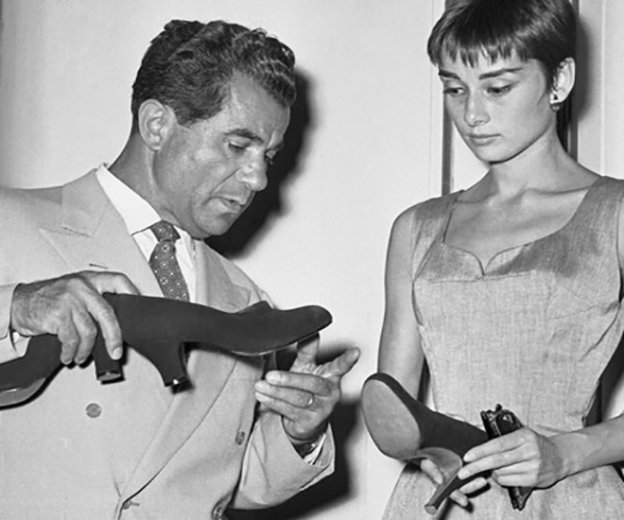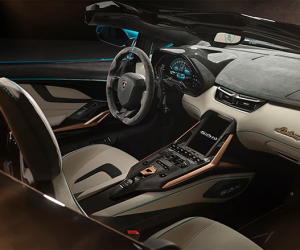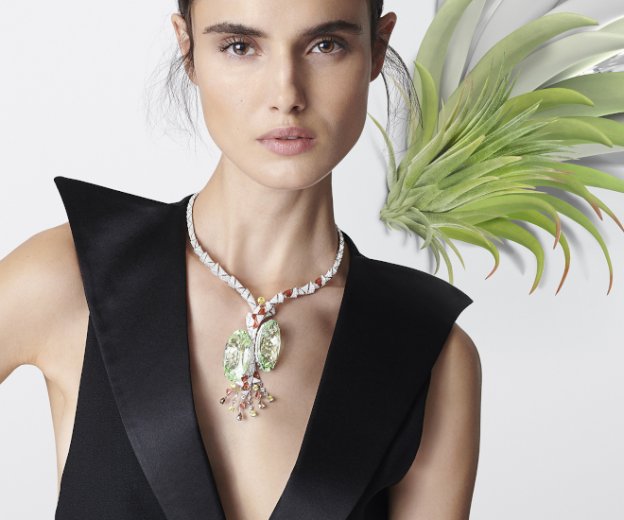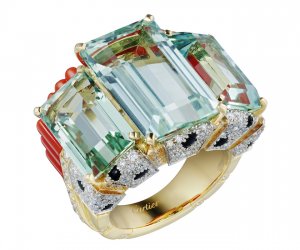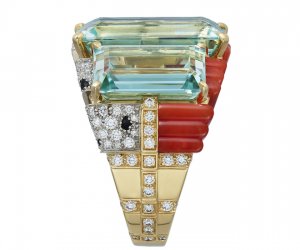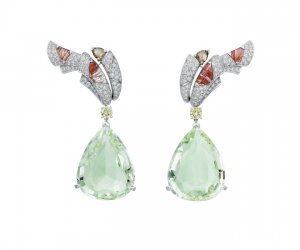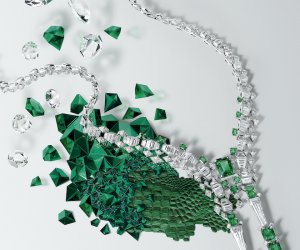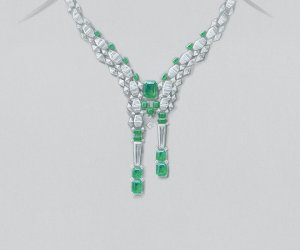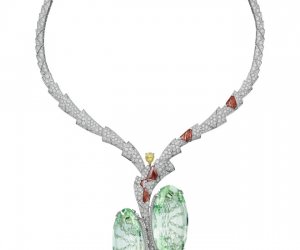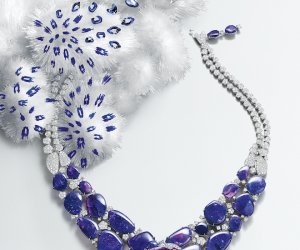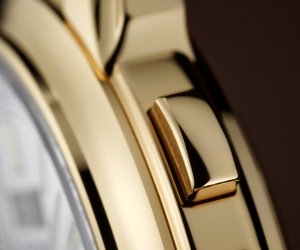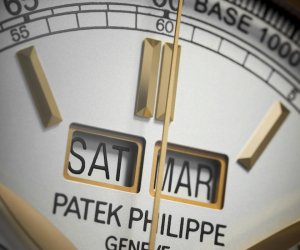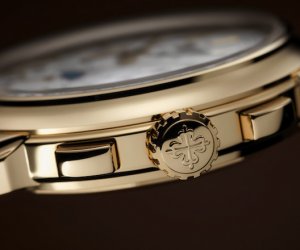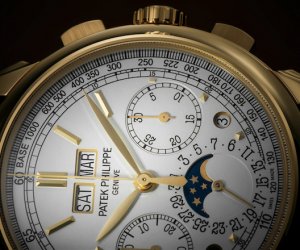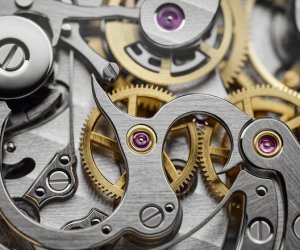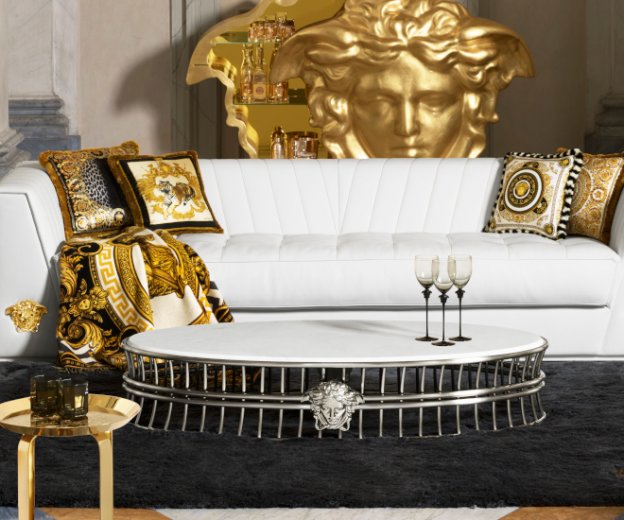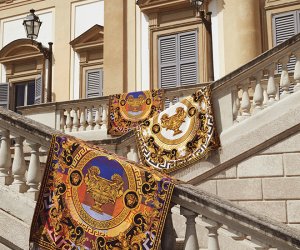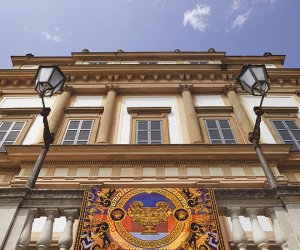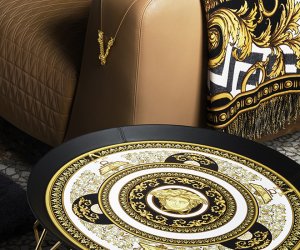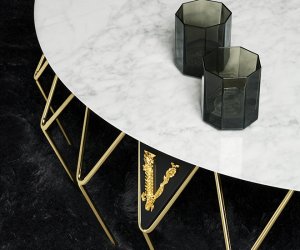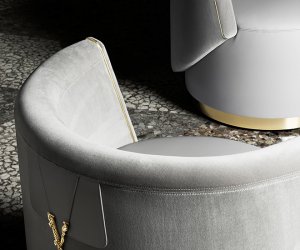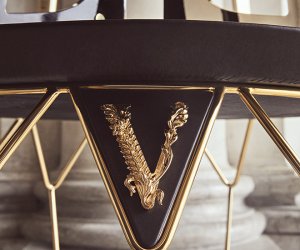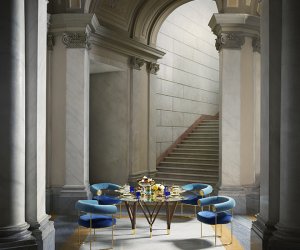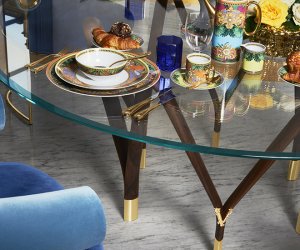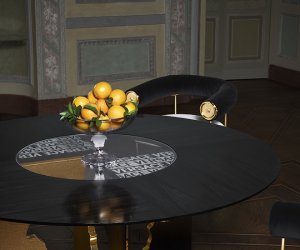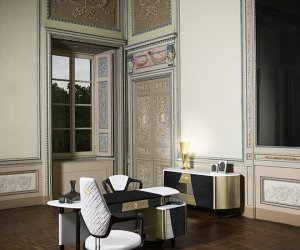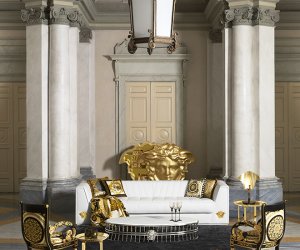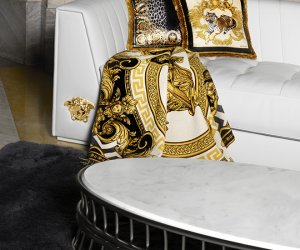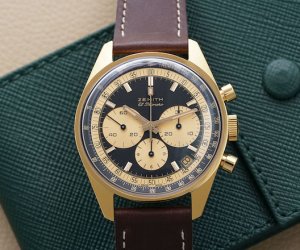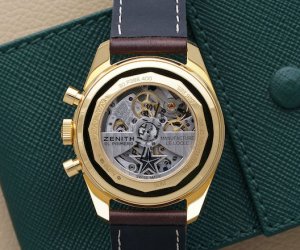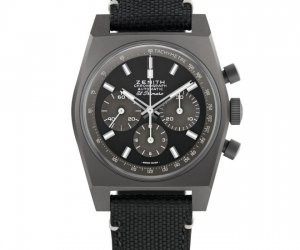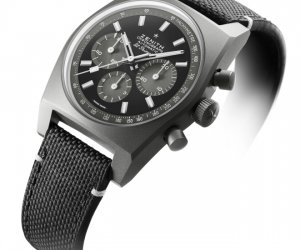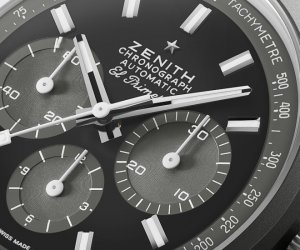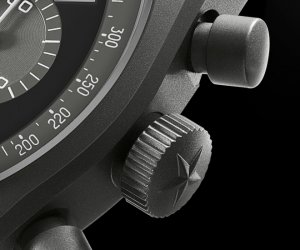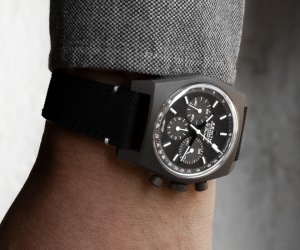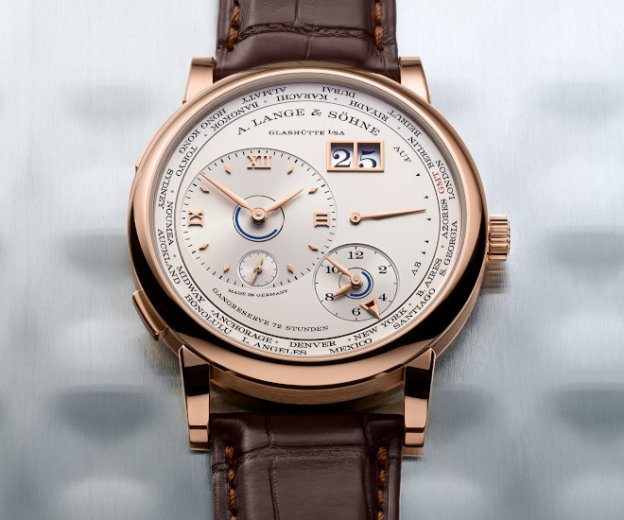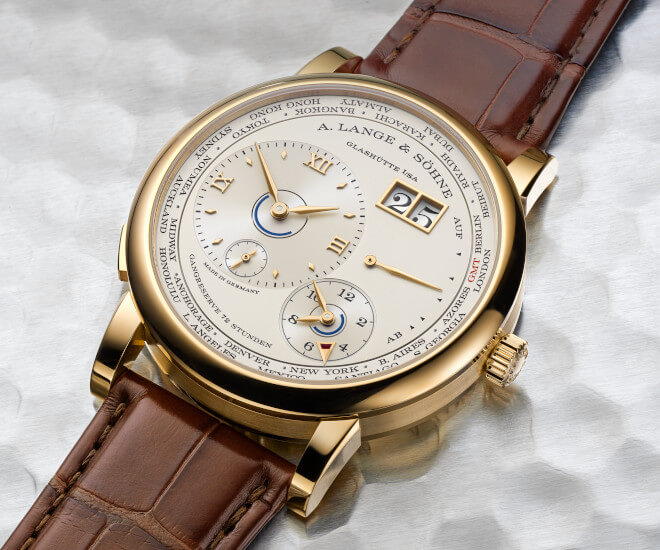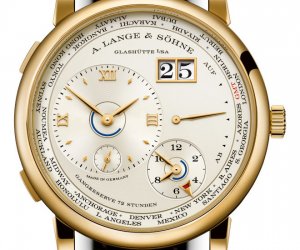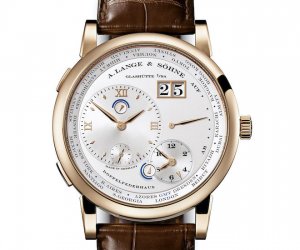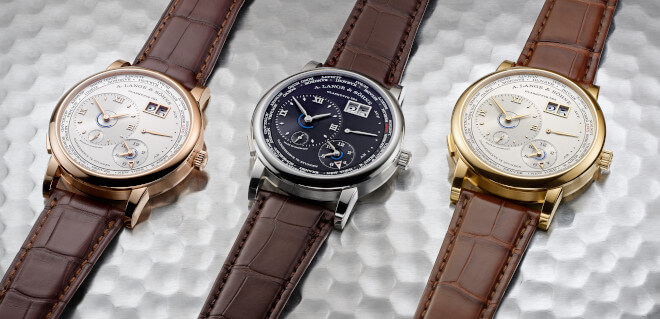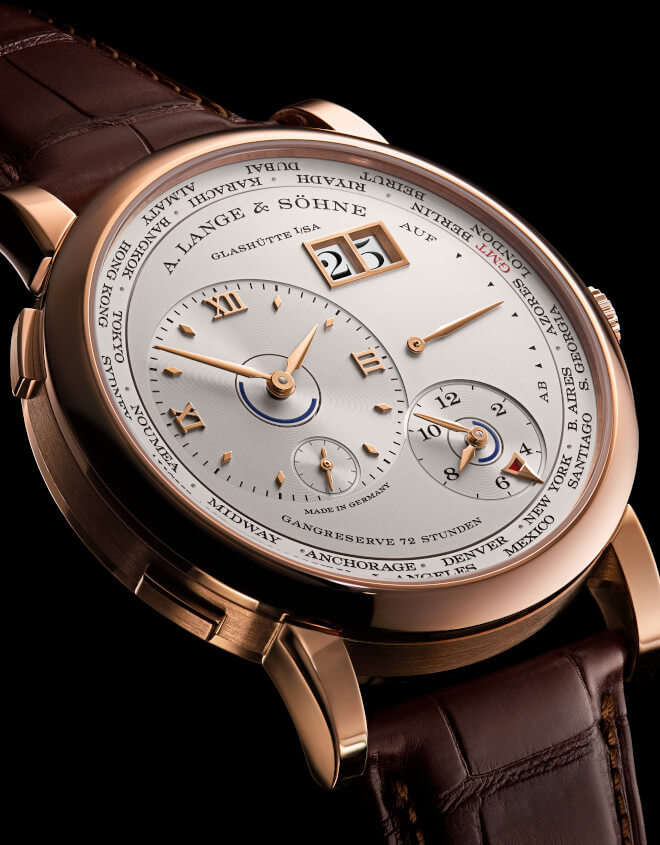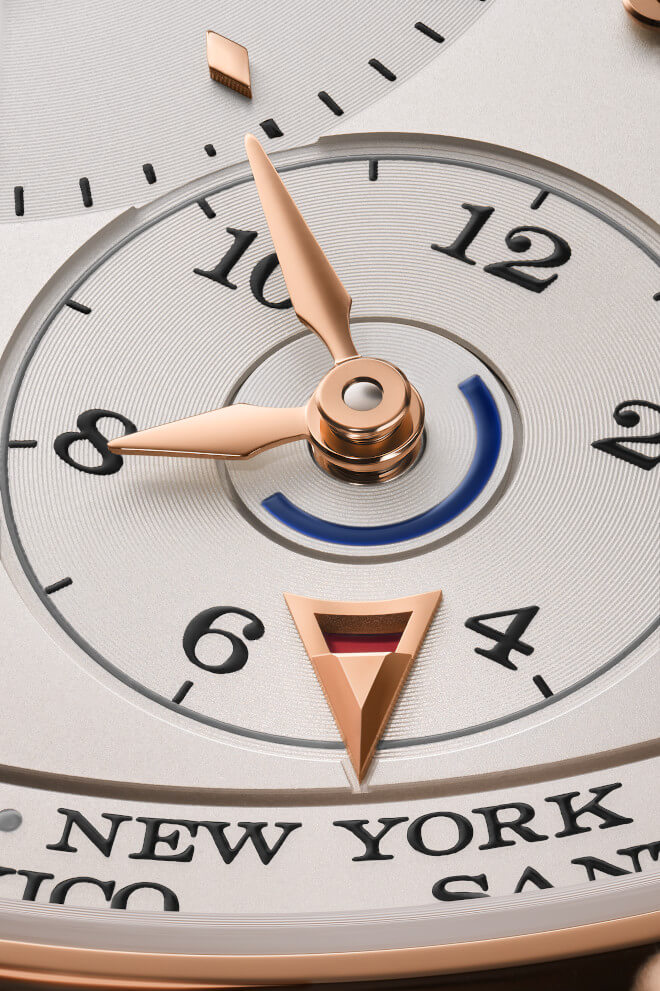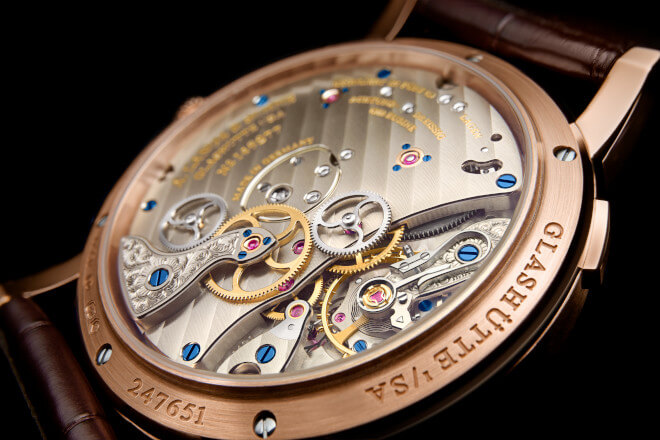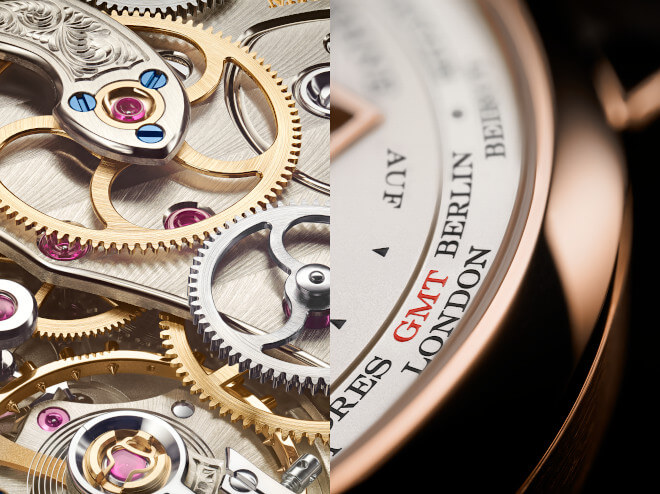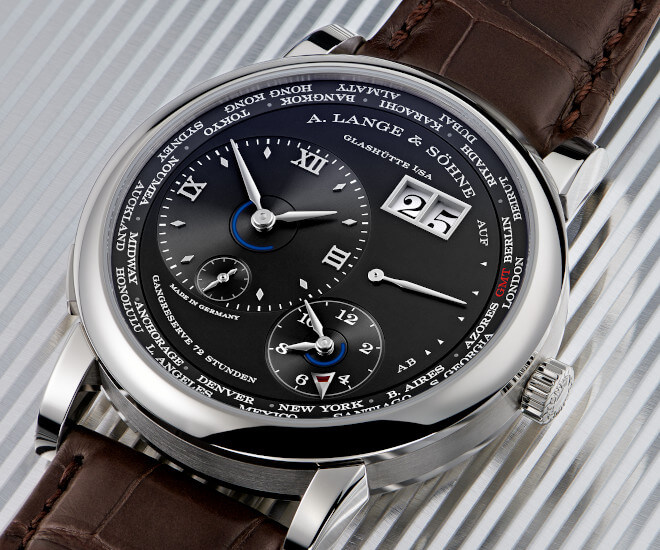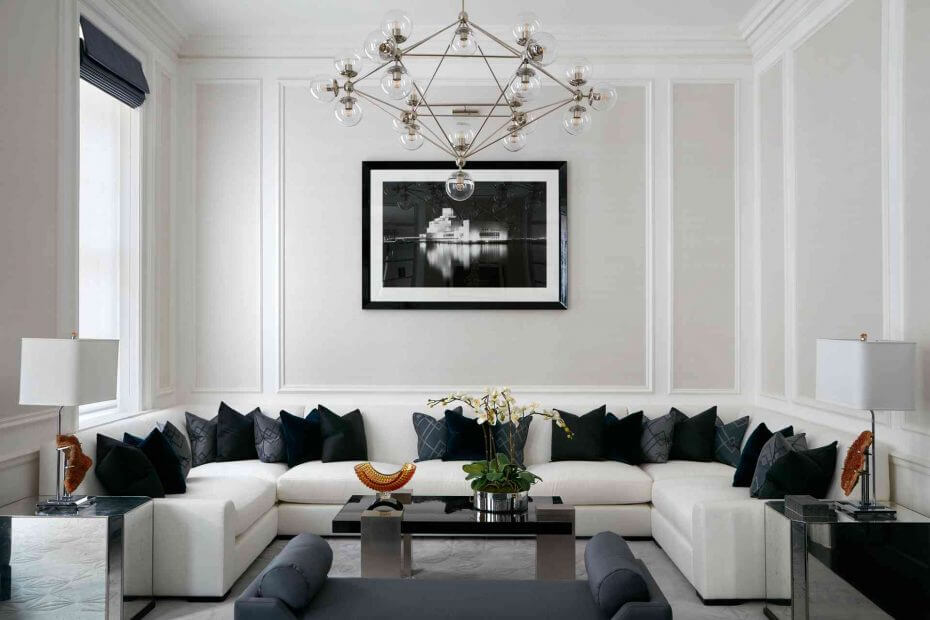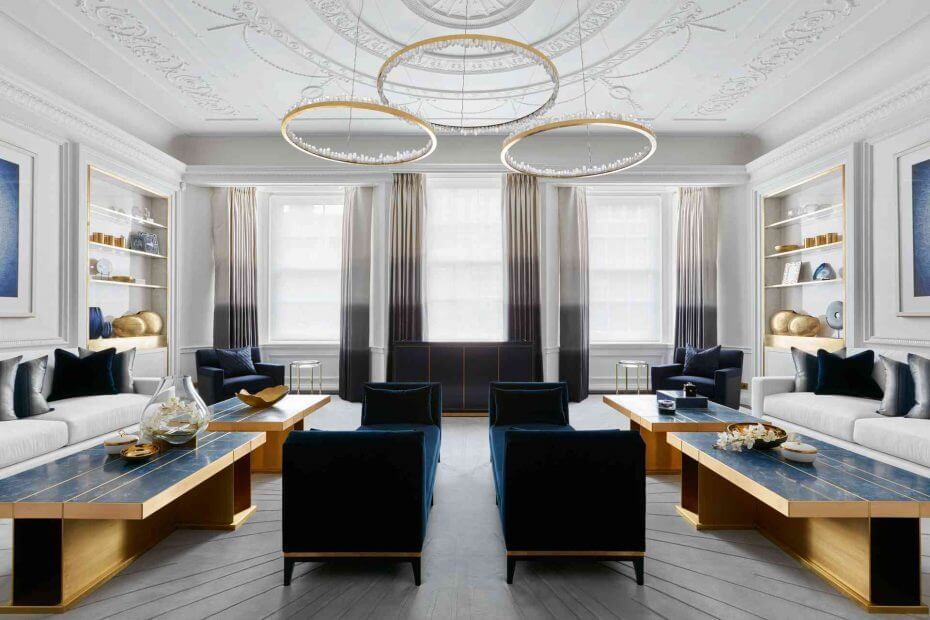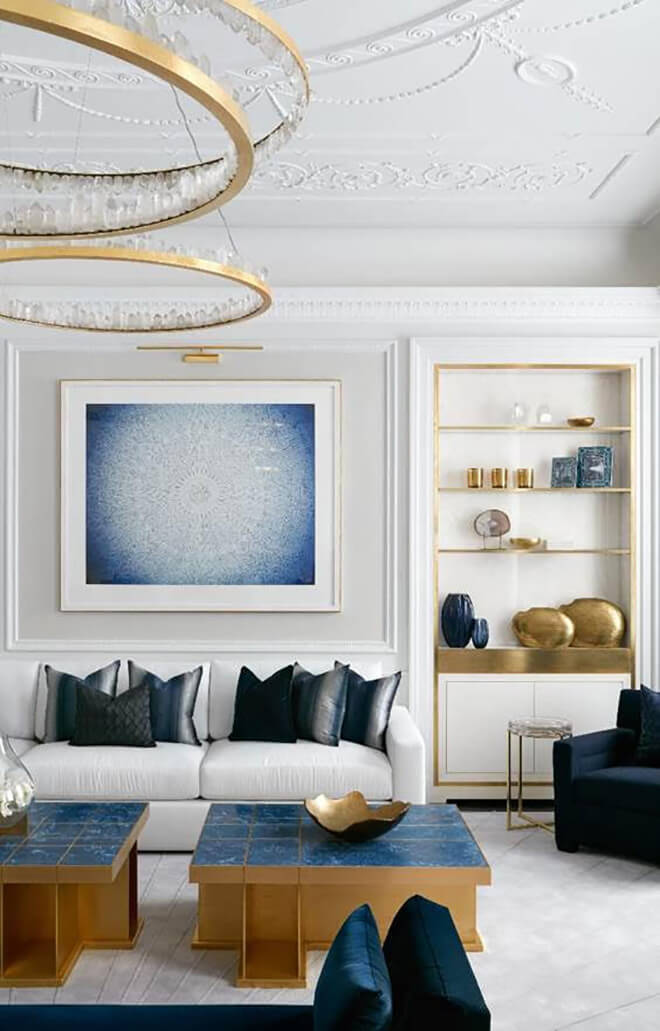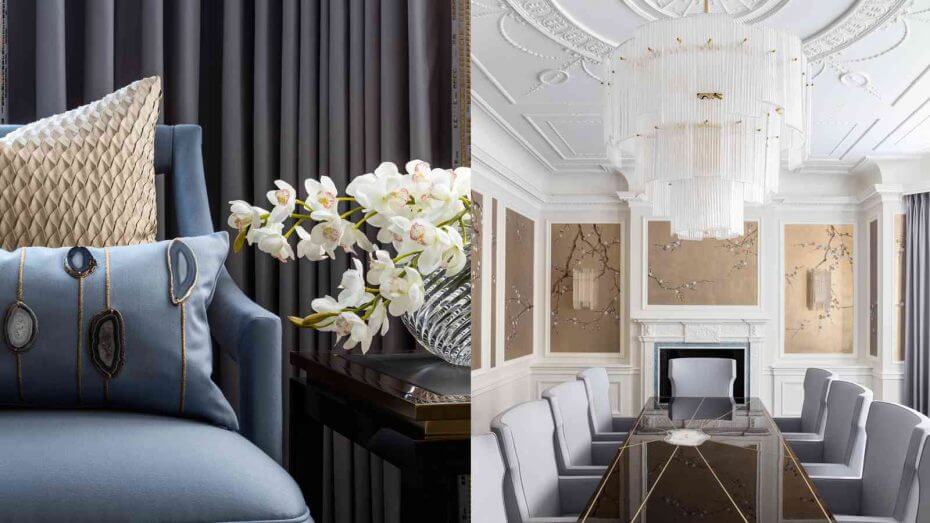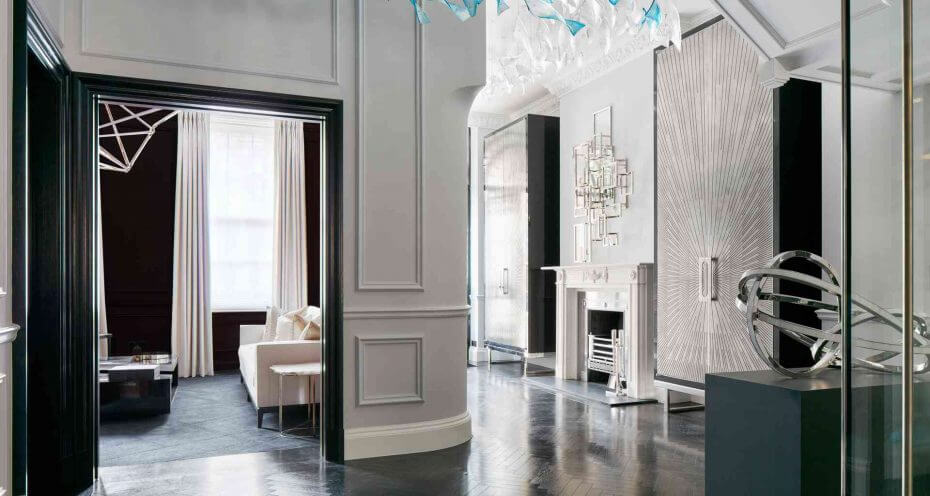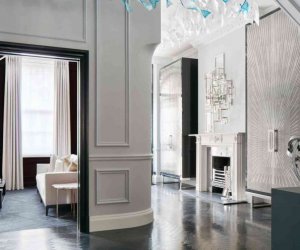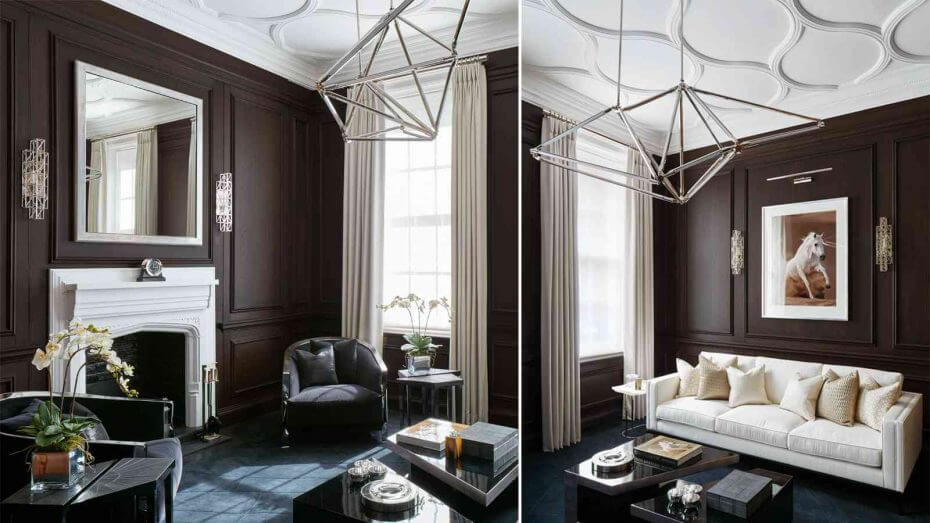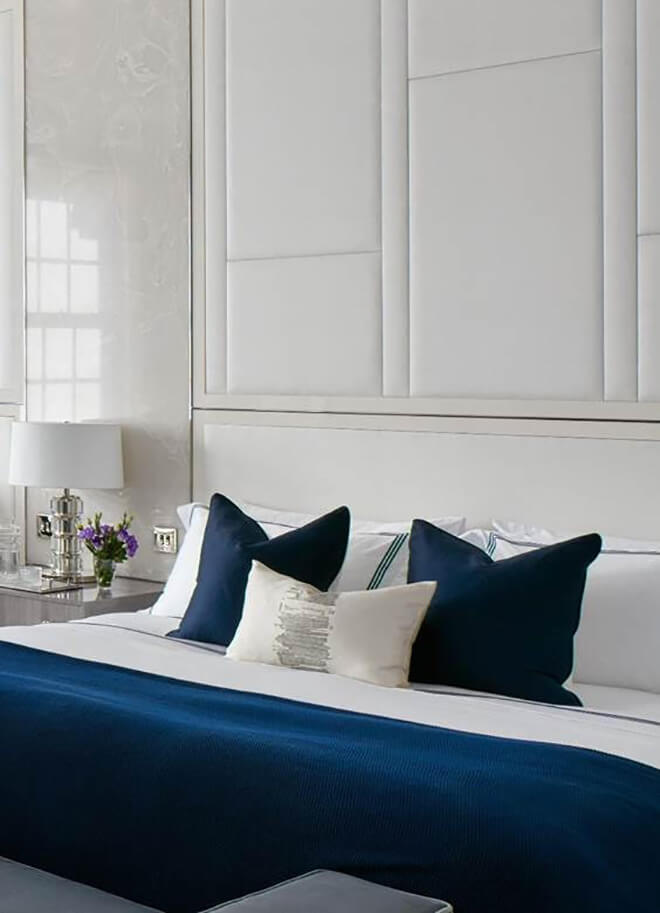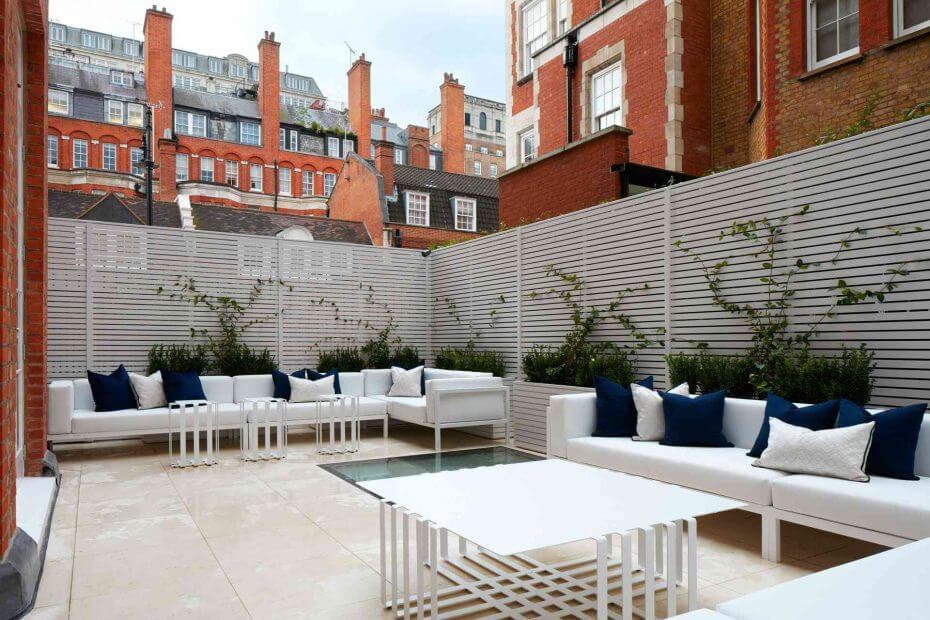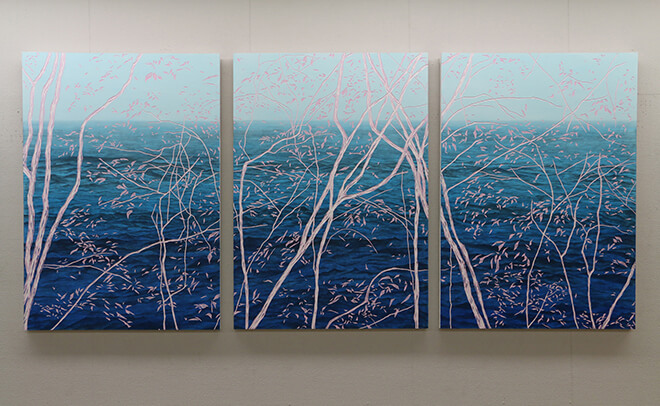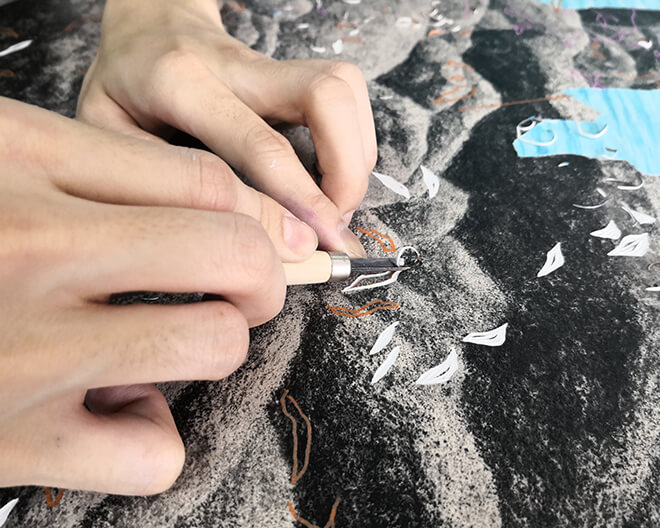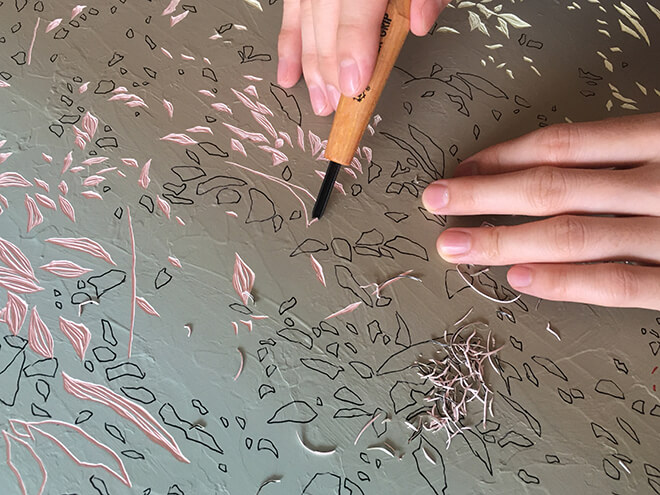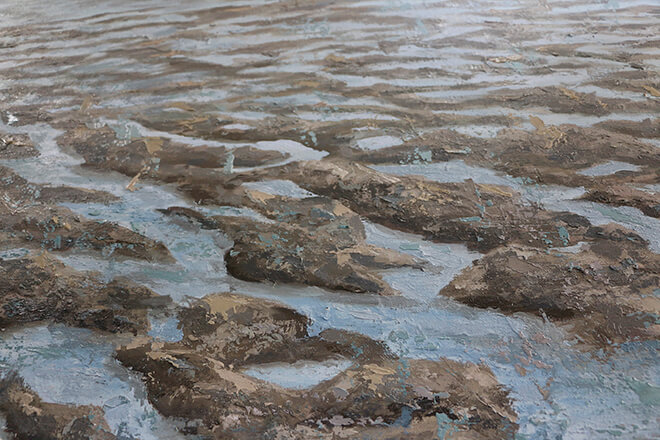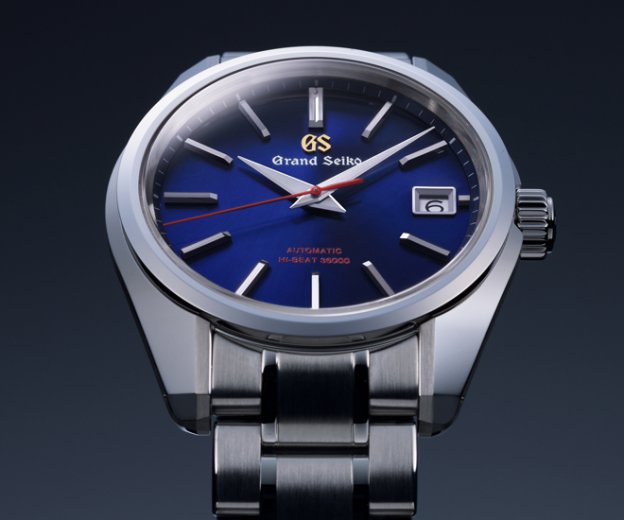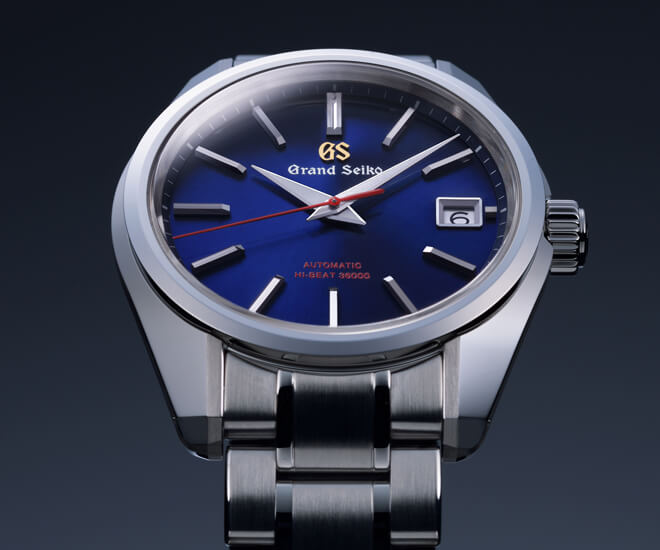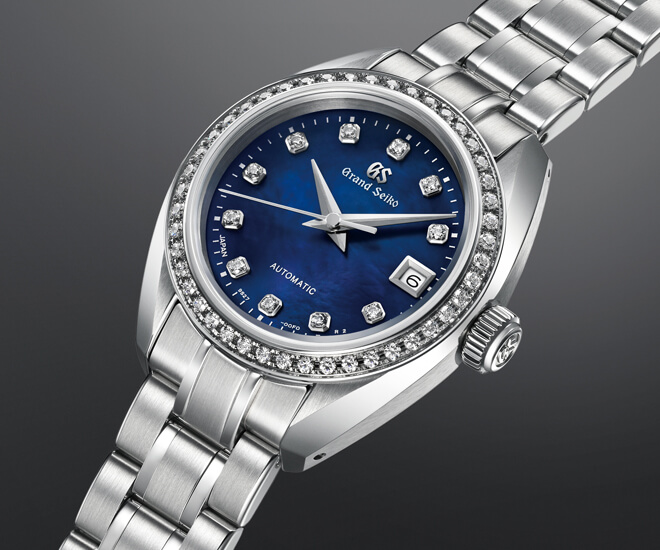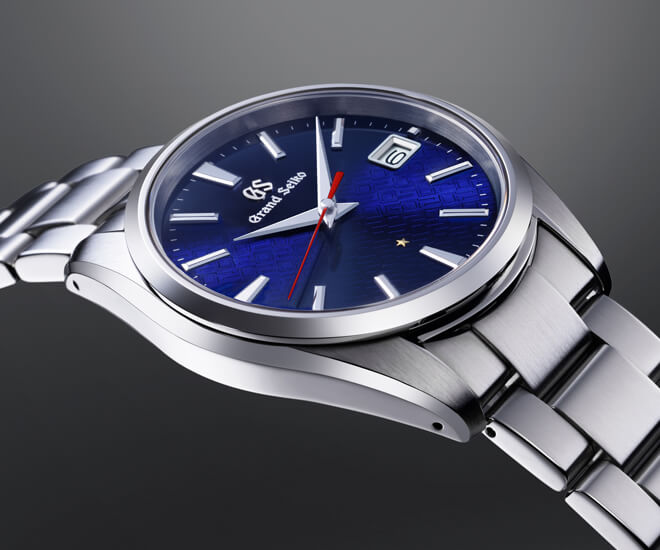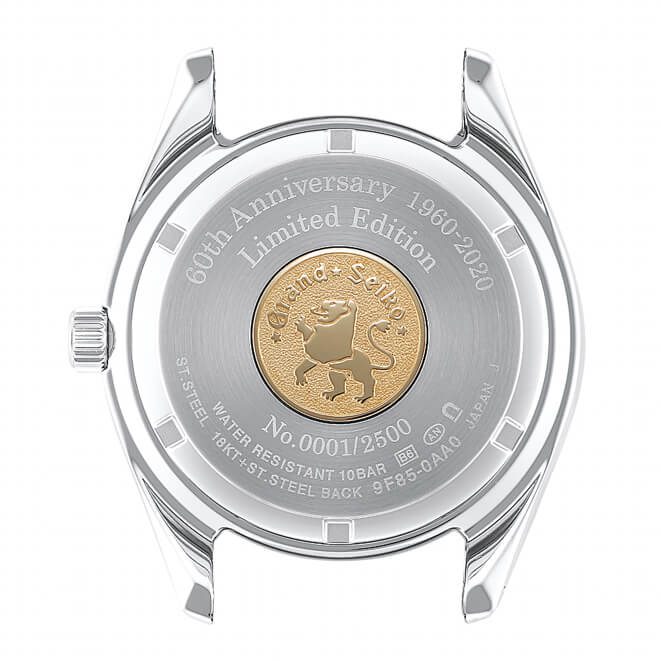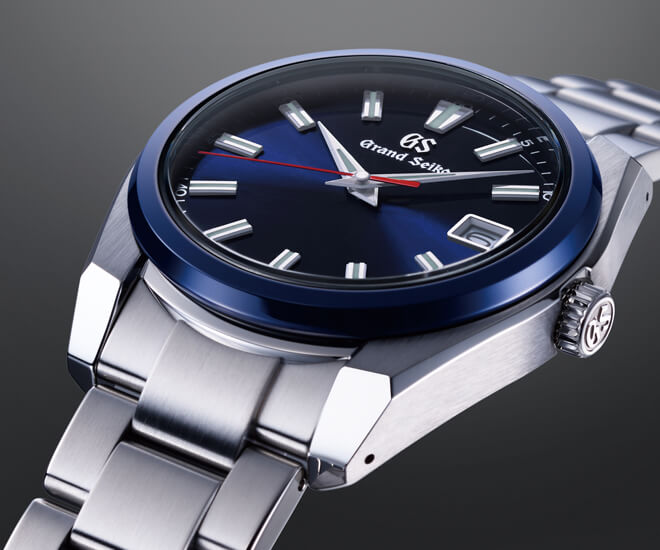Born in 1966 in rural Westphalia, Germany, Heikedine Günther is based in Basel and Stalden since 2009. Using the ‘core’ as her artistic leitmotif, Günther’s fascination with the use of natural material such as fat, felt, and hair, began as early as 1982, inspiring her to eventually study art at a multitude of academies in New York, Hamburg, and Kassel.

HG Portrait
You were born in Westphalia, Germany. Your life seems to have always been immersed into art. Tell us about your first steps as an artist?
The first step into the arts, was the first step to discover and shape the world. As a child, I constantly destroyed things and then reassembled them in new ways, I turned the whole house upside down, cutting up curtains, painting on the wallpaper, scribbling into antique books from my dad’s library etc. Also, the garden of my granddad was always living piece of art, a circus, which needed to be tamed.
A milestone was when I met Joseph Beuys at the Dokumenta7 in 1982 in Kassel. Beuys completely transformed my understanding of art. My granddad owned a special granite quarry, from which Beuys ordered the granite stones for his landscape art project “Stadtverwaldung, Stadtverwaltung” (7000 oak trees). Through that I had the chance to get involved into the project.
After my studies at the HFBK with Werner Büttner and later a one-year residency with Martin Kippenberger in Kassel, I had several exhibitions. Since then, I have always worked creatively and painted, and will continue to do so until the end of my life.

HG Core No.280 (2017), Oil on Canvas, 160x120cm
“Core” is at the very heart of your art. From what time did you begin your core paintings?
In 2004 on the search for my true self, I did an active imagination by C.G. Jung. At the same day, I painted my first “core”. From then on, I knew, I didn’t want to paint anything else. Since then, I only paint in abstract form. I’m getting inspired by the microcosm and macrocosm.

HG Core No.388 to 397, Platonic Bodies (2020), Oil on Canvas, 45x45cm each, Overview Montage
What roles do colours and forms play in your core paintings?
I love to mix my own oil colours. I’m always fascinated again when I see an emerald green or a dazzling white. Colours and forms play a huge role. Colours are emotions and a symbolic language. My colours are inspired by the old masters and holy objects from various cultures.
The form is an additional symbolic language. Colour and form support each other. The great art as an artist is to create a work, which speaks to people, without them having to know why. Great art is working subconsciously not on a conscious level. The many different layers of colours on my paintings, correspond with each other and together they attract the viewer.

HG Core No.328 (2019), Oil on Canvas, 130x120cm, Back
Tell us about your creative process and painting techniques?
Todays “core” paintings, developed over years. All my paintings, I paint horizontally on a table. The brushes are between 5cm-25cm wide. I utilize my whole body, the movement originates in the hip and then translates to my shoulder and finally to the brush. This is how I paint these organic shaped “cores”.
The title is always the number of the work of art and can be found on the back of the painting, same as my signature. I use the canvas the other way around, meaning, the white is the back side. All paintings are grounded with gold. On the back, there is a documentation of all the different layers of colours used to create the painting.
It is a long creative process. It often takes months to complete all the layers of colours. I draw my inspiration from nature, old masters, ancient paintings and the microcosm and macrocosm. This is regarding the shapes but also regarding the techniques. I work for example a lot with craquelé effect, inspired by the paintings of old masters, and on occasion with crackle glaze or Krakelure techniques.
The core can be anything. It depends on the viewer, it can be sense of being, a longing or a relationship. It can be anything or nothing.

Master of the Registrum Gregorii, 10th century monk – Scan from Book – Evangelist Johannes, fol. 176v des Strahov-Evangeliars
Where is your passion for Ottonian manuscripts and gold panel paintings coming from?
First of all, I love books and history. My fascination for Ottonian illuminations from the 10th century, stems from the symbolic language of the colours (the language the mystics). Back then, most people were illiterate, so the image needed to be the medium to convey the godly message. If you compare Ottonian illuminations with painting by Mark Rothko, you can discover a similar structure. The question for me is, did Rothko created this structure subconsciously or was he also inspired by Ottonian illuminations.
My passion for gold panel paintings comes from its reflective nature. The painting doesn’t just absorb the colours, but also reflects colours back to the viewer due to the nature of the gold. On top of that, gold symbolizes richness and the divine.

Mark Rothko, Untitled (1952)
You have today collectors around the world. You are referenced amongst the leading global art websites. What does such recognition inspire you?
As an artist, it is very important to me, to be in constant exchange with other artists, art historians, collectors and people who aren’t actually interested in art. A good friend and collector of my works is Darwin Reedy. He has a huge art collection, including works from great artists such all over the world, such as Mark Rothko, Damien Hirst and many others.
He is a great mentor. He always asks me the right questions. Also, Sir Norman Rosenthal is a good friend of mine. I’m always grateful for open words from someone who has seen so many great works of art over the years.
My works are in many collections in Germany (Graf Schönborn Collection), Switzerland (Dreyfus Soguel collection), UK, France and the USA (Darwin Reedy). I’m happy every day when the core grows into the world and is being seen and recognized. My paintings has a high recognition value. Once people have seen them, they will always recognize them.

HG – Core No. 305 -2019 – Oil on Canvas – 165x110cm – Full
5 words which describe your work best?
Core, potential, microcosm, macrocosm, longing for the existential, quality.

HG in front of Core No. 317 with self made crocht hat
What have been your new sources of inspiration in recent months? When and where can we expect to see your next solo exhibition?
My inspiration are human connections, polarization and ways of thinking. The lockdown was a highly inspirational period for me. I worked 90 days and nights. During this time, I immersed myself in topics such as duality and non-duality, connection and separation of light and darkness, and platonic bodies. Due to this pandemic the world is transitioning and everyone is looking for alternative ways of living.
My next solo exhibition will be in Basel on the 17th of September in the rooms of the Visarte, Room 54. There I will show on ca. 400 qm my highlights of the last two years as well as my most recent artworks created during the lockdown. One of my major works, is the “separation of light and darkness.” It is inspired by the famous ceiling fresco by Michelangelo in the Sixtine Chapel in Rome.

HG – Core No. 295 – April 2020 – oil on canvas – 140x110cm – Interior
Where can we see some of your work online, are these for sale?
You can see my works on Instagram. I’m showing a documentation of my work there. On the website you can find more detailed descriptions of the art works. I’m currently searching for an international gallery to represent my works. It’s not so easy to find the right partner….

HG – Core No. 347 – 2019 – Oil on canvas – 130x140cm – Montage
What are your sentiments on the current art scene in Germany? Have your kept strong ties with your native country?
I don’t have any connections to the German art scene. I can see my paintings in London, Paris, New York, Los Angeles and Seoul. I don’t keep up any connections to Germany, besides buying my paint there and having many German artist friends.

Hildegard von Bingen – „Kosmos, Leib und Seele“ from the Liber divinorum operum I.4
If you were to name one mentor, who has inspired you in your life and path as an artist, who would that be?
I’m a bookworm, who gnawed my way through art history. I internalized many different artists. Certainly, on top of the list is Hildegard von Bingen, Hieronymus Bosch, Hilma af Klint, Mark Rothko, Richard Long, Elsworth Kelly etc. It is a sum of everything. And through that something of its own has been created.
I would love to meet James Turrell at sunrise for a hot cup of coffee; going for a walk with Richard Long along the Bristol Canal and talk about the meanings of symbols like rings and circles; discussing human nature with Antony Gormley over tea time and in the late afternoon having a cognac and a cigar with Anselm Kiefer delving into philosophy and debating human potential.
By Julia Roxan





